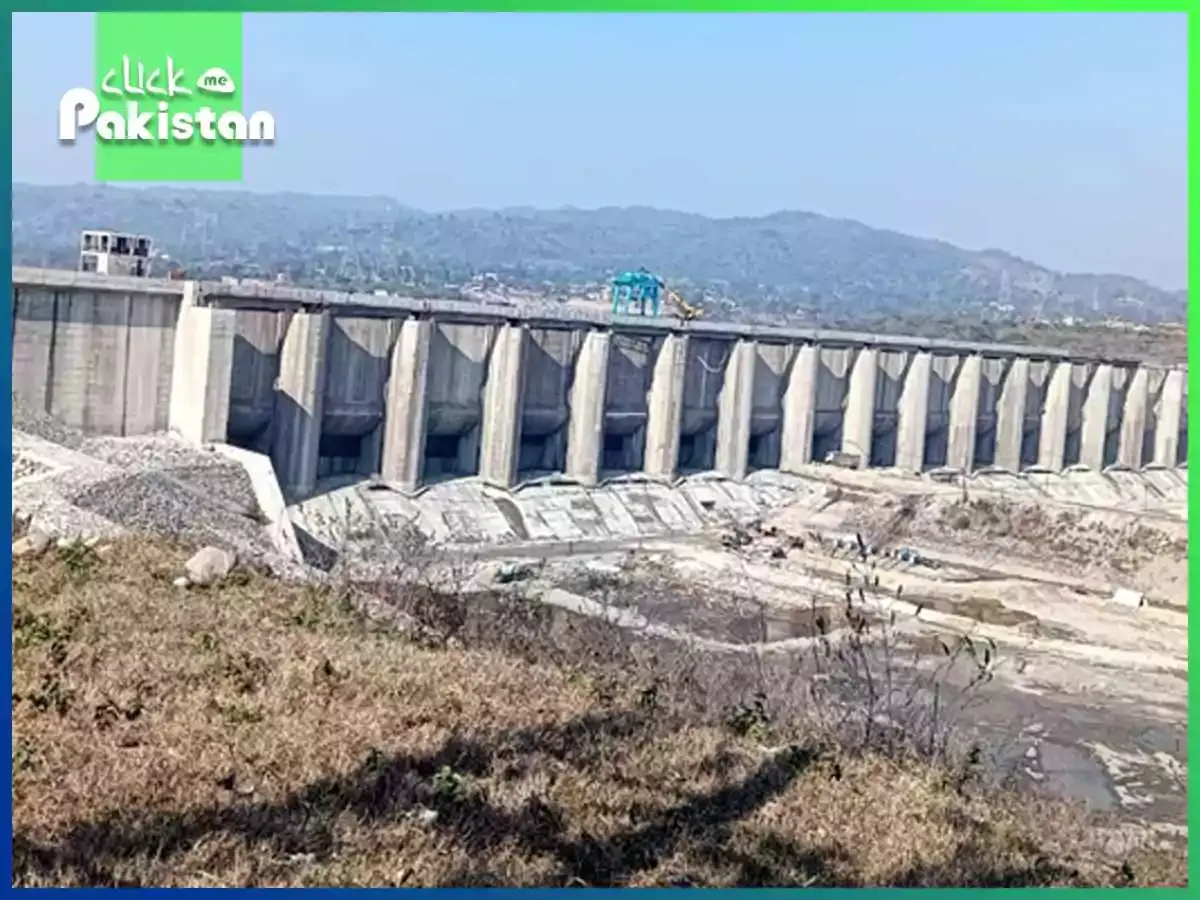Introduction
India Stops Ravi Water to Pakistan has caused ripples throughout the region and has highlighted long-standing tensions between the two neighboring countries over water supplies. This development highlights the intricate interactions between hydrology, geopolitics, and regional security dynamics in South Asia and marks a significant escalation in the continuing water disputes.
The management of transboundary rivers is still a controversial topic with significant ramifications for Pakistan’s agriculture, livelihoods, and environmental sustainability when we examine the specifics of this decision and its effects. The immediate effects of the India stops Ravi water halt are felt by economies that depend on irrigation, making food security and economic stability in the impacted areas more difficult.
The interruption of water supply adds a fresh angle to the long-standing disputes between India and Pakistan against the backdrop of strained bilateral relations, underscoring the connection between regional stability and water security. The necessity of communication, cooperation, and respect to international water agreements becomes more pressing as both countries deal with the consequences of this decision.
Come along as we investigate the intricacies of the India Stops Ravi Water, looking at its historical background, geopolitical implications, and possible solutions. The management of shared water resources in an area where water scarcity is an increasing problem necessitates cooperative and progressive measures in order to guarantee sustainable development and peace for future generations.
India Stops Ravi Water
Recently India Stops Ravi Water Flow to Pakistan to Pakistan, and will now irrigate more than 32,000 hectares of land using about 1,150 cusecs of water that were previously allotted to Pakistan
- Water will irrigate the districts of Samba and Kathua in India.
- India exclusively exercises sovereignty over the Beas, Sutlej, and Ravi rivers.
- The barrage is situated on the boundary between Punjab and IIOJK, India.
According to a Monday article in The News, quoting the Times of India, India Stops Ravi Water to Pakistan with the completion of its Shahpur Kandi barrage, located on the border of Punjab and Indian Illegally Occupied Jammu and Kashmir (IIOJK).

Media reports cited by the Indian daily indicate that the IIOJK region will now utilize the 1,150 cusecs of water previously allocated to Pakistan, with over 32,000 hectares of land being irrigated in the districts of Samba and Kathua.
Over the past thirty years, the Shahpur Kandi barrage project, crucial for irrigation and hydropower production, has faced numerous challenges. Nonetheless, it is now nearing completion.
Reports state that Pakistan governs the Indus, Jhelum, and Chenab rivers, whereas New Delhi holds exclusive rights over the waters of the Sutlej, Beas, and Ravi rivers, as per the terms outlined in the 1960 Indus Water Treaty between India and Pakistan.
According to the sources, the completion of the Shahpur Kandi barrage allows India stops Ravi water. Consequently, the water previously directed towards Pakistan from the old Lakhanpur dam will now be utilized in Indian Illegally Occupied Jammu and Kashmir (IIOJK) and Punjab in India.
India has already constructed several storage facilities, such as the Pong and Pandoh Dam on the Beas, the Bhakra Dam on the Sutlej, and Thein (Ranjitsagar) on the Ravi. Additionally, initiatives like the Indira Gandhi Nahar Project and the Beas-Sutlej link have been implemented. These efforts collectively enable India to utilize nearly all (95%) of the water from the eastern rivers.
However, according to media reports, Pakistan currently receives an estimated two million acre-feet of untapped water from the India Stops Ravi Water River below Madhopur.
The reports also indicated that India stops Ravi water to its advantage following the completion of the Shahpur Kandi barrage.
In conclusion, the long-running water conflicts between India and Pakistan have escalated significantly with India’s plan to stop the flow of water from the Ravi River to Pakistan. This move highlights the vital significance of water as a geopolitical issue in the area while also escalating already-existing tensions.
The interruption of water flow has profound effects on Pakistani agriculture, livelihoods, and the environment right now, underscoring how susceptible water-dependent economies are to political scheming. Moreover, as water shortage becomes an increasingly severe issue in the region, it raises concerns about the possibility for further escalation and war.
It is critical that both nations have a constructive conversation and look for win-win ways to resolve their water disputes as they deal with the fallout from this judgment. Stability and prosperity in the region depend on the sustainable management of water resources, collaboration on transboundary water issues, and observance of international legal frameworks.
The situation between India and Pakistan is a sobering reminder of the pressing need for efficient water governance, fair resource distribution, and proactive steps to mitigate the effects of climate change in the larger context of global water concerns. The countries of South Asia can only negotiate the intricate water dynamics and ensure a more sustainable future for everybody by working together and putting in coordinated efforts.
Read our Article: Indian General Elections: India Gears Up For Elections









